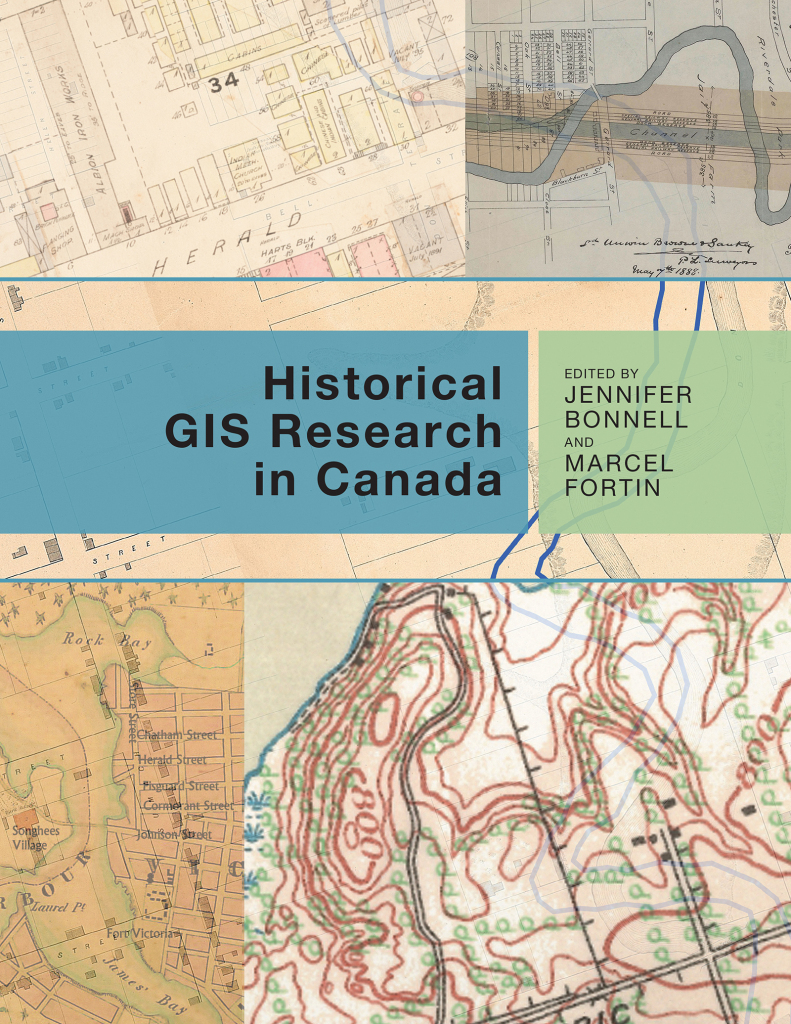On Teaching History to Retirees
Part of the purpose of Teaching the Past: A Blog About Teaching History in Canada is to discuss experiences and strategies related to teaching history in diverse venues. In the fall of 2010, I was invited to teach a course on the History of the Great Lakes to a group of 88 retirees as part of Glendon College’s Living and Learning in Retirement program. The course ran for 12 weeks from September-November 2010, with 50-minute lectures held every Friday morning, followed by a 40-minute question and answer session.
I accepted the invitation as a good opportunity to design my own course and to gain experience in lecturing, knowing that such “non-academic” courses would most likely be overlooked by prospective academic employers. Having grown up on Vancouver Island, my knowledge of the Great Lakes when I embarked upon the course was limited to stories about phosphate pollution, DDT poisoning of bird species on the lakes, and the legacy of heavy industry—the vague kind of knowledge that most people could claim about these massive bodies of water on our doorstep. I hadn’t been asked to teach the course arbitrarily, of course. For the past four years, I had explored the social and environmental history of Toronto’s Don River, its interactions with the city and its lacustrine harbour, in completing my doctoral dissertation. My river at least flowed into a great lake, and formed a characteristic tributary of the Great Lakes system. A starting point for exploring the history of the lakes in greater depth.
Preparing a 12-week lecture course on a subject for which I was at best tangentially familiar, I learned, was an extremely demanding assignment. Not only did I need to prepare a coherent 50-minute lecture each week, amply illustrated with captivating graphics, but I also had to familiarize myself with the literature on each week’s topic in order to feel competent enough to field questions for 40 minutes. In order to feel confident enough to walk through the door! Unlike the 18-year old undergraduates I had worked with in my role as a teacher’s assistant at the University of Toronto, just embarking on their life journeys, here was a group of people who had already lived long and interesting lives. Many had held careers as public servants, engineers, teachers and university faculty. On top of that, most had lived in the Great Lakes region for all of their lives. They had lived through the history—or at least a good part of it—that I aimed to cover in the course.
In the end I found the opportunity among my most enriching teaching experiences to date. I learned a great deal not only about the Lakes, but about people’s personal experiences of a changing region through the twentieth century—a period of such dramatic social, economic, and environmental change. The responsive of these “students” to the ideas generated in the lecture was deeply gratifying, and the discussions wide-ranging, taking in people’s diverse forms of knowledge, from the book-knowledge of the avid readers in the class, to the bodily knowledge of the handful of sailors in the room, with their deep familiarity with lake currents and weather patterns.
For those seeking teaching experience without the additional time investment required for marking and assessment, “Third Age” learning programs offer an inspiring learning environment and the rewards of working with an engaged and fascinating group of people. Course content should be geared to general public interest, but as I found, course participants readily engaged with key academic arguments. Most universities across Canada host similar programs. In the Toronto area, Glendon’s program is one of eight Third Age programs, some university-affiliated and some independent.
Originally published for Teaching the Past: A Blog About Teaching History in Canada.


Recent Comments